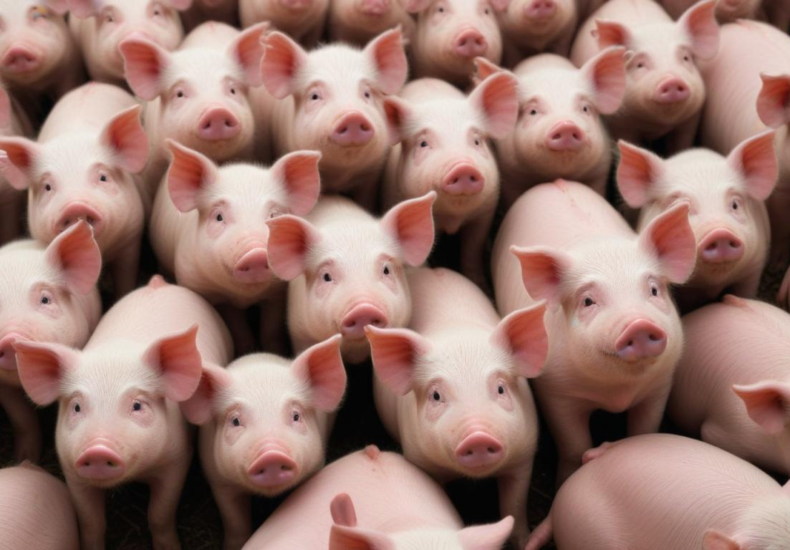Day: April 10, 2025

common inherited traits in pigs
Pigs showcase a fascinating array of inherited traits shaped by genetics and selective breeding. From diverse coat colors to physical characteristics suited for meat production, these traits reflect the careful choices of breeders. Behavioral aspects and health predispositions also play a pivotal role, influencing how different breeds interact with their environment. Delving into the genetic factors at play reveals the complexities of pig breeding, raising important questions about the balance between productivity, adaptability, and animal welfare. Discover how these dynamics continue to evolve within the livestock industry.

the impact of genetic drift in pig populations
Genetic drift significantly shapes the genetic structure of pig populations, influencing breeding programs and overall dynamics. This evolutionary mechanism operates through random allele sampling, particularly in smaller groups, leading to genetic variability fluctuations. Environmental factors, disease outbreaks, and human interventions can amplify these effects, potentially diminishing resilience and adaptability. Recognizing the nuances of genetic drift is essential for breeders aiming to maintain robust genetic diversity and ensure the long-term health of pig populations. How can effective management strategies balance these challenges? Explore the intricate dynamics that could redefine breeding practices in the agriculture sector.